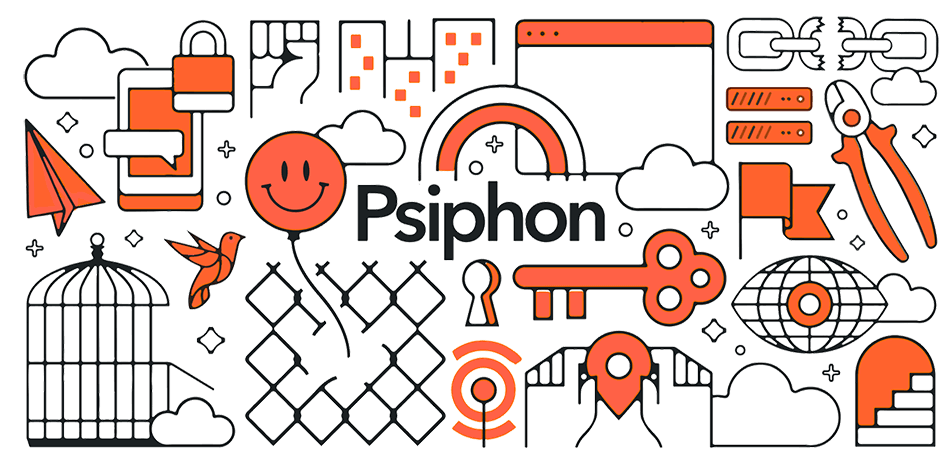
Filtering and Censorsįiltering can occur at one or many points in the network, such as, the internet backbone (often the international gateway), ISPs, institutions (such as companies or schools), and even on an individual's device (such as a phone or desktop computer).Ĭensors are actors implementing filtering at any level. ISPs allow internet users to use their infrastructure, including "serving" content or providing access to other content that other ISPs "serve", usually for a fee. This is provided by Internet Service Providers (“ISPs”). In order to do this, specific networking and routing equipment is required. Traffic travels from router to router before arriving at their destination. To get from one location to another, web traffic (messages sent on the internet) make many hops. If one connection is severed, the redundancy of the web infrastructure allows people to connect by finding another route. The internet can be visualized as a web, with multiple routes and connections. These connected systems allow people to share (or “serve”) information to others. The internet is a global network of billions of computers (or “routers”) which communicate with one another.

It uses a combination of secure communication and obfuscation technologies to allow users to connect with apps and content which would otherwise be blocked. Psiphon is a free, open-source, censorship circumvention software. The following documents focus on the Psiphon 3 network, which is the most widely used.

Psiphon operates a proxy system known as “Psiphon 2” as well as “Psiphon 3,” which is an application (“app”) for Android, Windows, and iOS. has provided open access to the Internet for millions of citizens around the world since 2006.


 0 kommentar(er)
0 kommentar(er)
